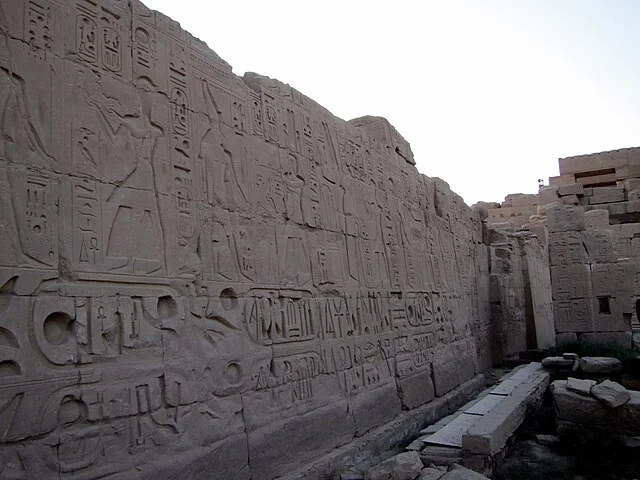The Precinct of Amun-Re is one of the largest religious complexes in ancient Egypt. It is part of the Karnak Temple Complex, located in Thebes, now known as modern-day Luxor. The complex was built over many centuries, beginning in the Middle Kingdom around 2055 BC and continuing through the Ptolemaic period. The precinct is dedicated to Amun, a major deity in ancient Egypt, and his wife, Mut, as well as their son, Khonsu.
Get your dose of History via Email
Historical Significance
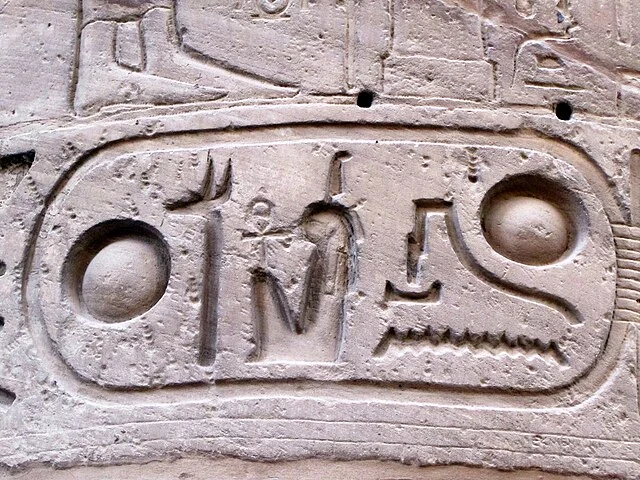
The Precinct of Amun-Re served as the primary religious center for Thebes. It played a central role in Egypt’s political and spiritual life. Pharaohs sought to gain favor from the god Amun, and many built or contributed to the temple as a display of piety and power. Over time, it grew into a massive structure, reflecting Egypt’s evolving architectural and cultural trends. The expansion projects were undertaken by different pharaohs, such as Thutmose III, Hatshepsut, and Ramesses II.
Architecture and Layout
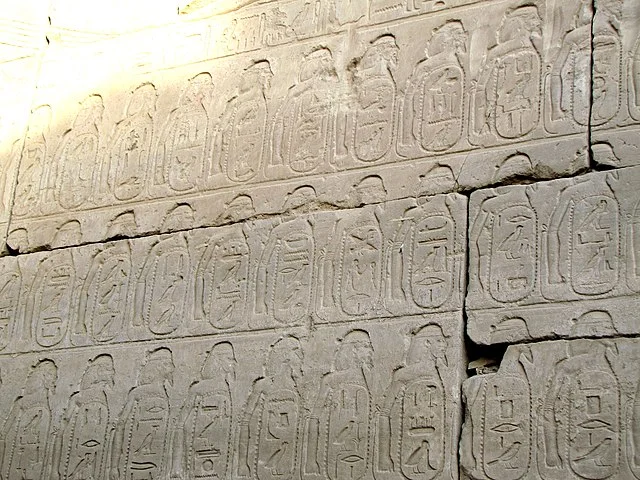
The precinct covers approximately 61 acres, making it one of the largest temple precincts ever constructed. The complex includes monumental gateways called pylons, several courtyards, hypostyle halls, obelisks, and sacred lakes. The most famous part of the complex is the Great Hypostyle Hall, built during the reigns of Seti I and Ramesses II in the 13th century BC. The hall contains 134 massive columns, arranged in rows, that support a roof originally meant to symbolize the sky. The largest columns stand 69 feet tall and 10 feet wide.
Other notable features of the precinct include the Sacred Lake, which was used for ritual purification, and the obelisks, which are symbols of the sun god Ra. Queen Hatshepsut erected one of the tallest standing obelisks in Egypt within the precinct.
Religious Function

The Precinct of Amun-Re was primarily a place for the worship of Amun. Priests performed daily rituals, offerings, and festivals, including the Opet Festival. This important festival linked the gods Amun, Mut, and Khonsu to the wellbeing of the pharaoh and the kingdom. During the festival, a statue of Amun was carried from Karnak to the Luxor Temple along the Avenue of Sphinxes. The festival strengthened the pharaoh’s divine legitimacy and reinforced the connection between the gods and the people.
Contributions by Pharaohs
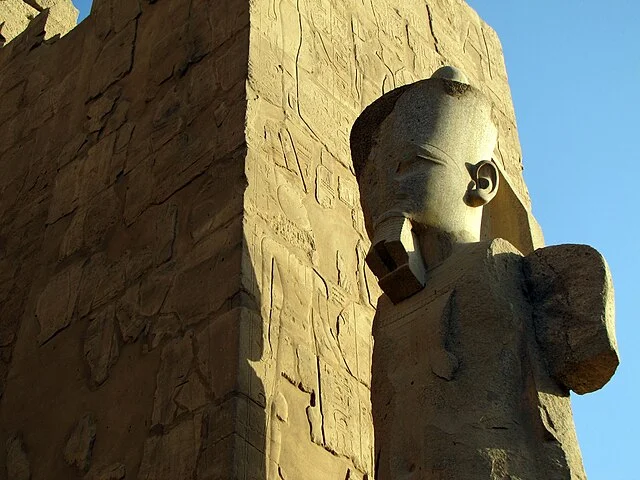
Several Egyptian rulers contributed to the expansion of the precinct. Amenhotep III added statues and new constructions during the 14th century BC. Later, Thutmose III built a festival hall in honor of Amun and erected additional pylons. Hatshepsut, Egypt’s first female pharaoh, constructed two large obelisks and a chapel for the barque of Amun.
Ramesses II, known for his ambitious building projects, made significant additions to the precinct. His reign saw the completion of the Great Hypostyle Hall and the construction of more pylons, statues, and temples.
Decline and Rediscovery
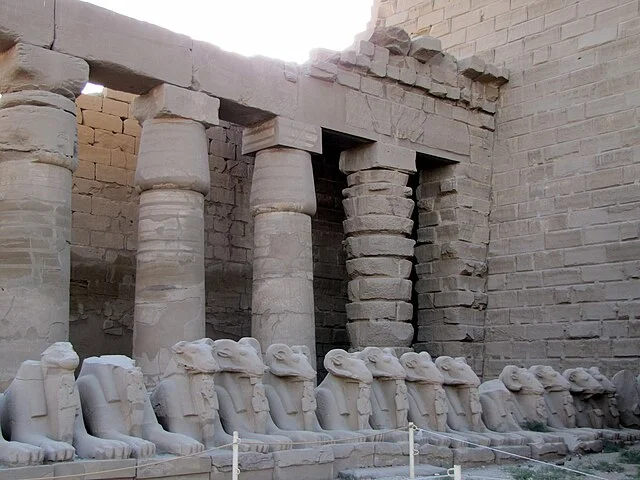
With the decline of Egypt’s political power after the New Kingdom, the religious importance of the Precinct of Amun-Re also diminished. Foreign rulers, such as the Ptolemies and Romans, still maintained parts of the temple complex, but it gradually fell into disuse. Over time, it was abandoned, buried under sand, and forgotten.
Modern archaeological efforts began in the 19th century, leading to significant discoveries at the site. Today, the Karnak Temple Complex, including the Precinct of Amun-Re, is a popular tourist destination and an invaluable source of information about ancient Egyptian religion and architecture.
Conclusion
The Precinct of Amun-Re remains a monumental achievement of ancient Egyptian engineering, architecture, and religious devotion. As part of the larger Karnak Temple Complex, it illustrates the grandeur and significance of Amun in Egyptian life. Its ongoing excavation and preservation offer insights into Egypt’s rich history and the relationship between its rulers and the divine.
Source:

